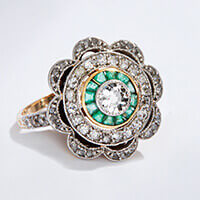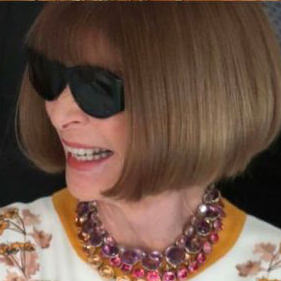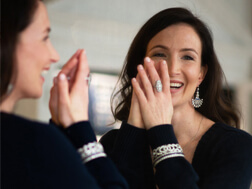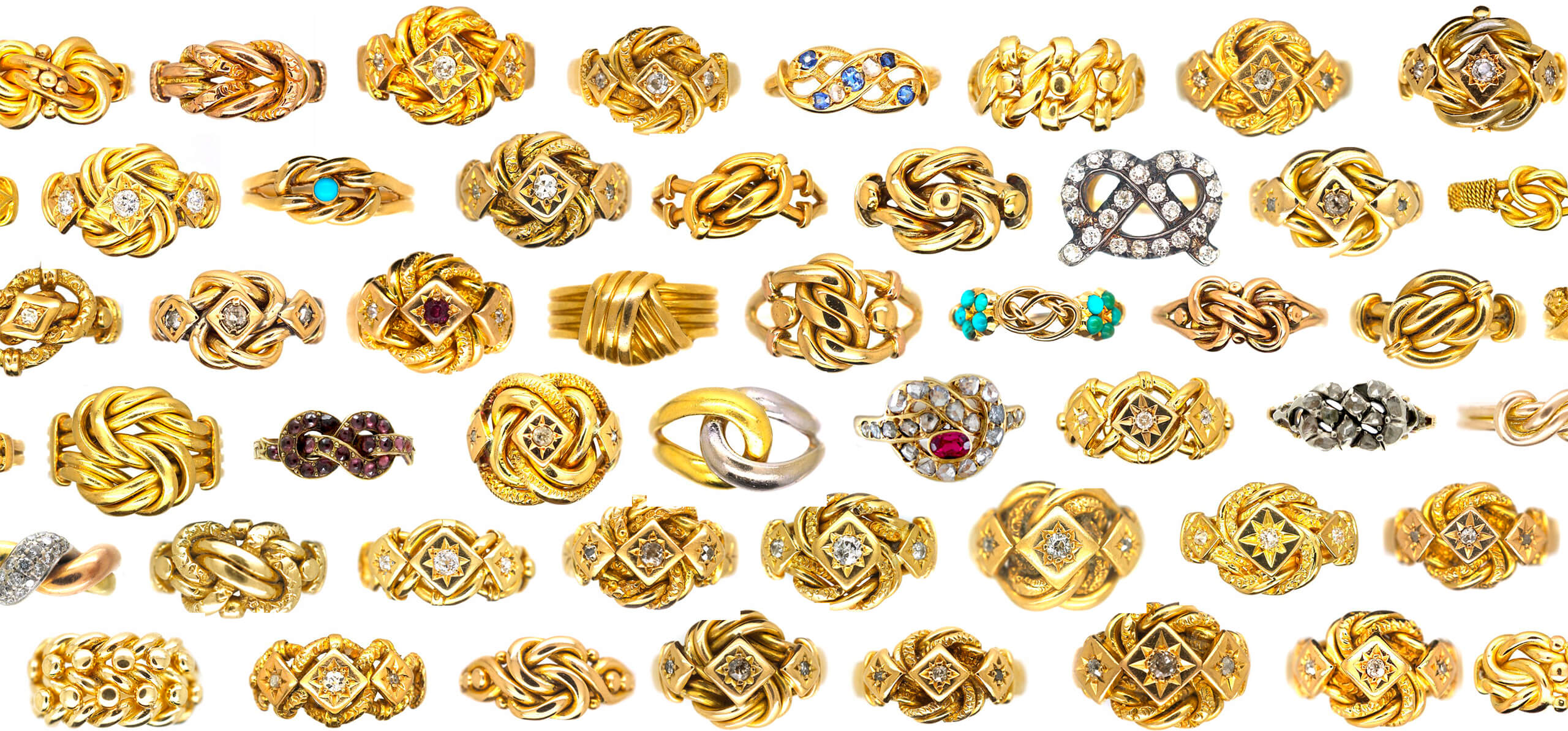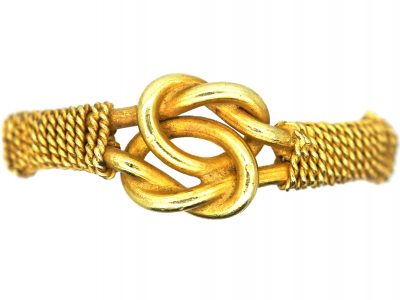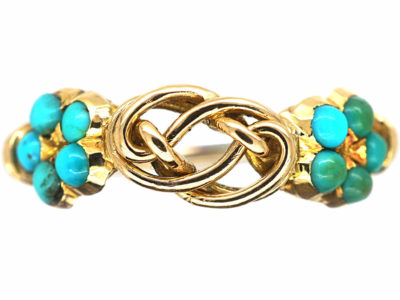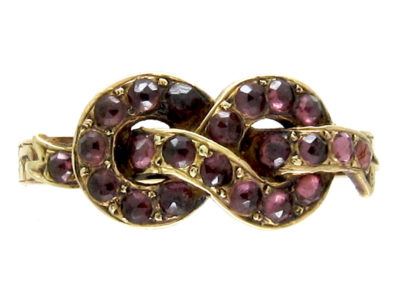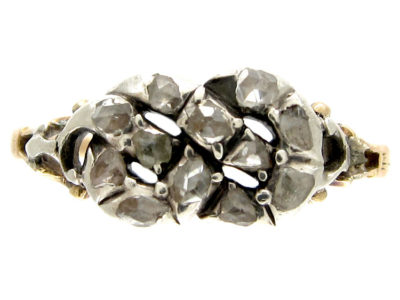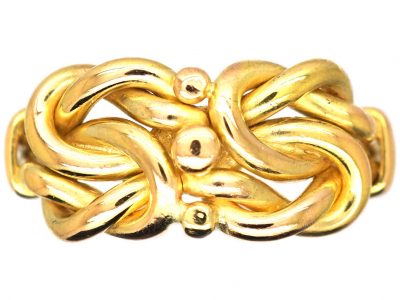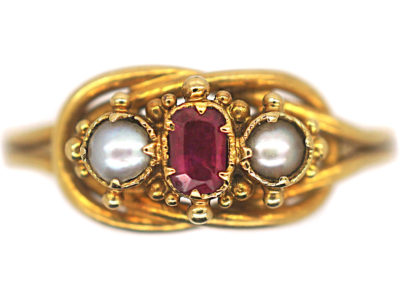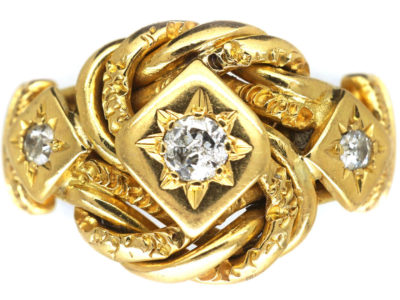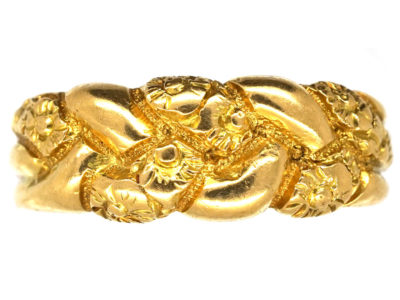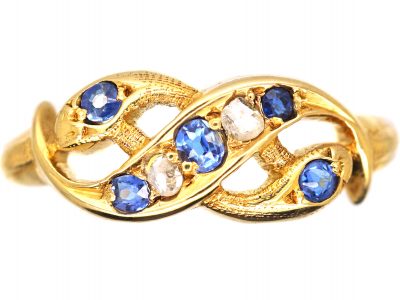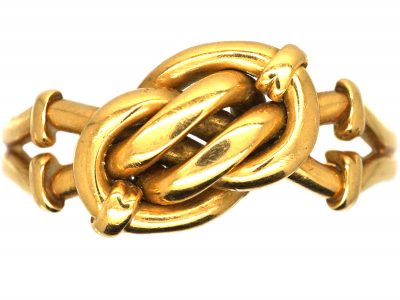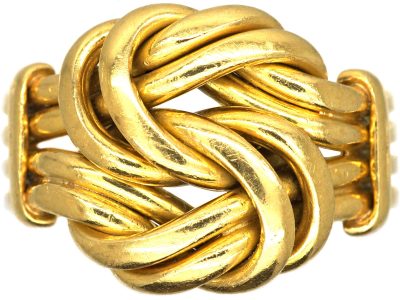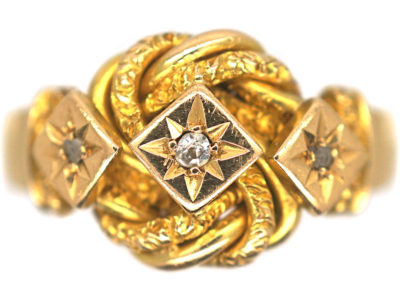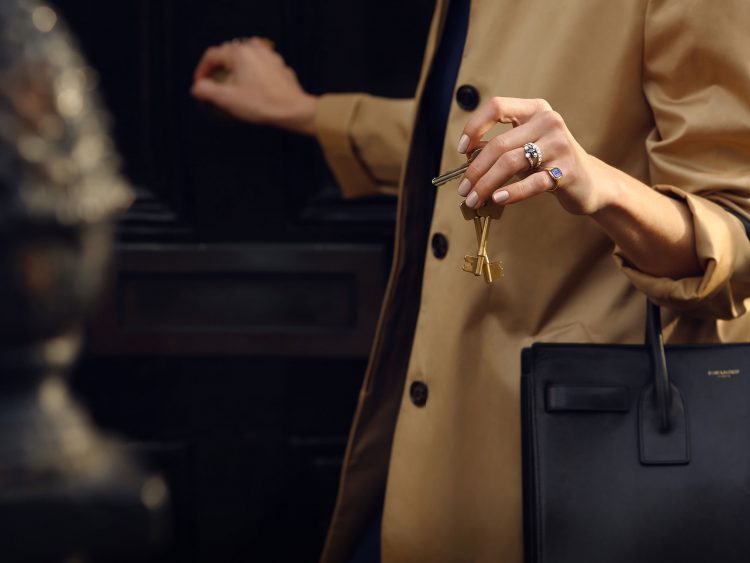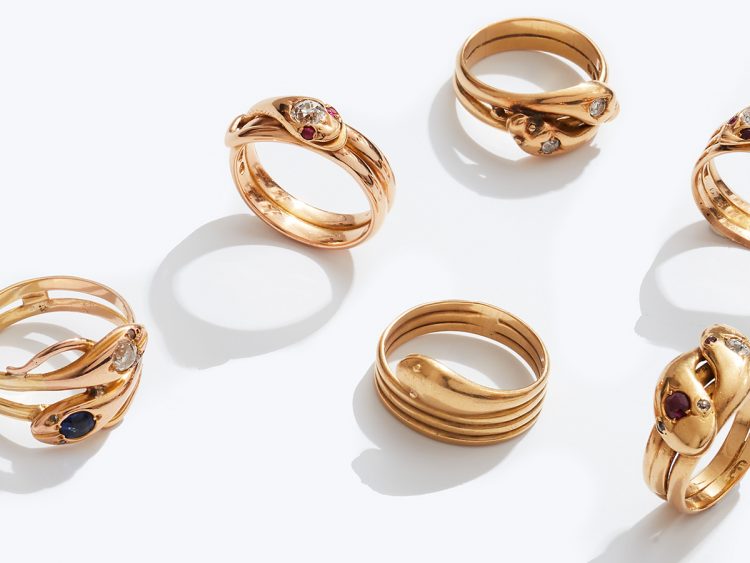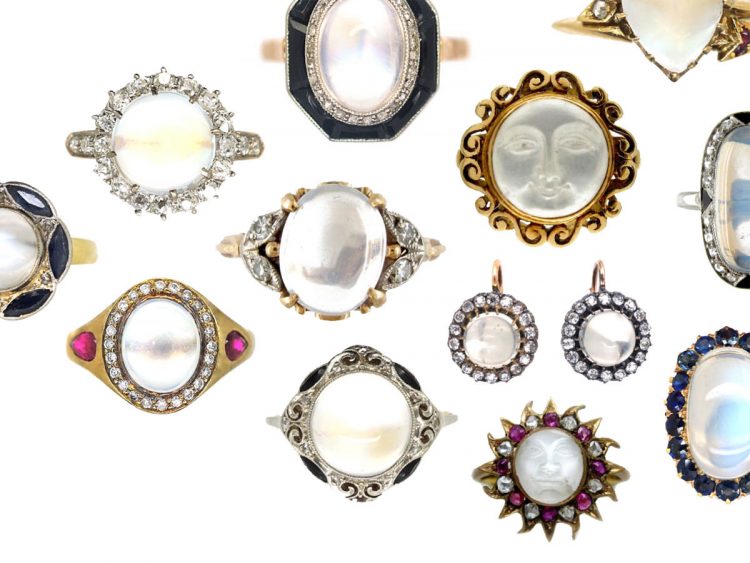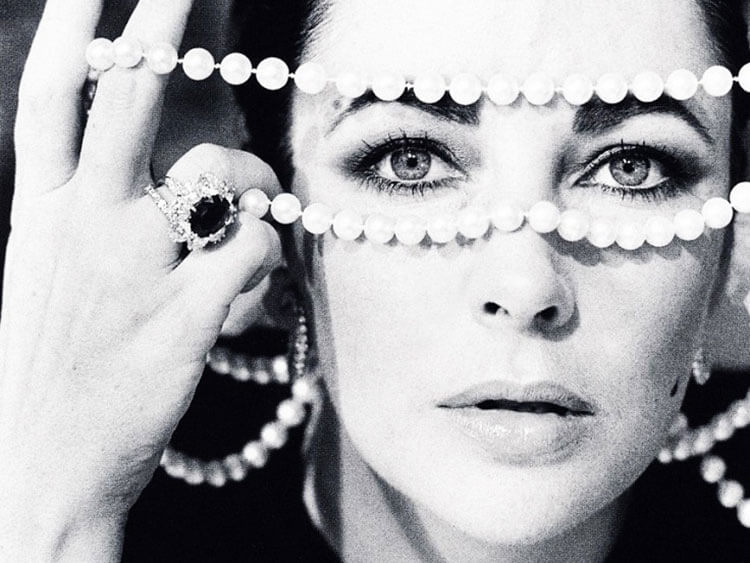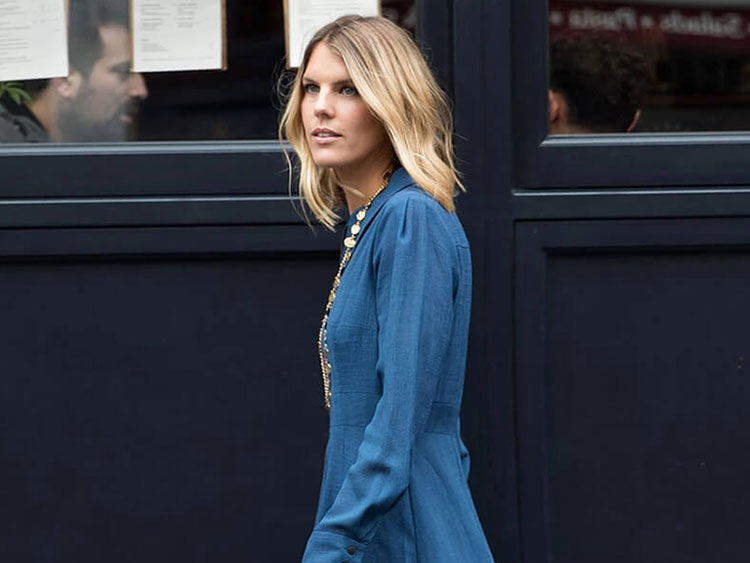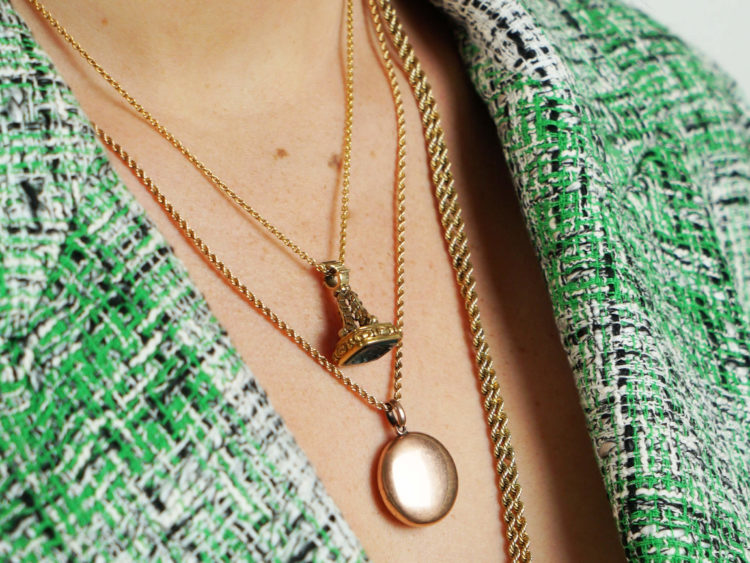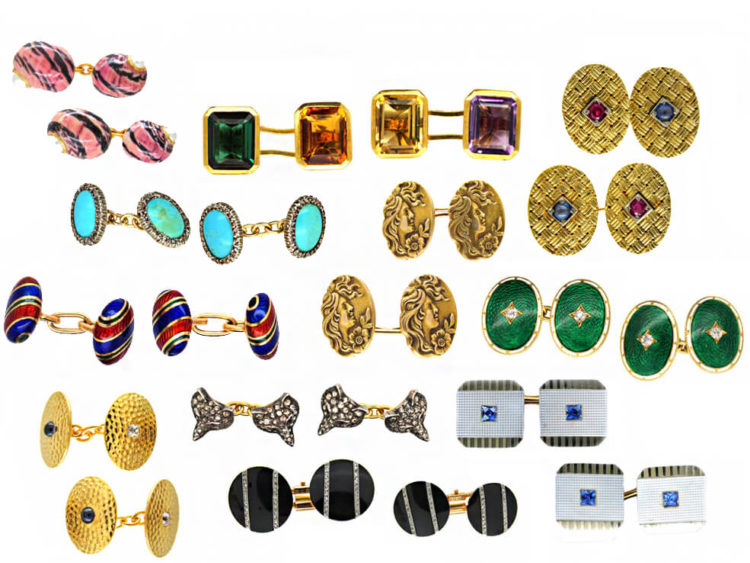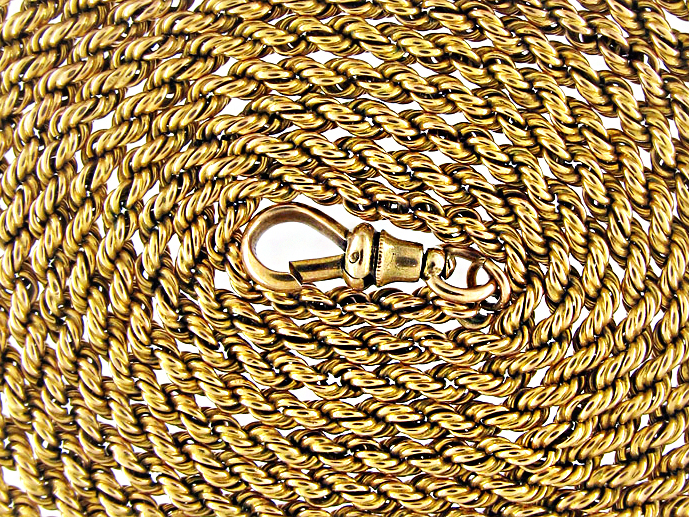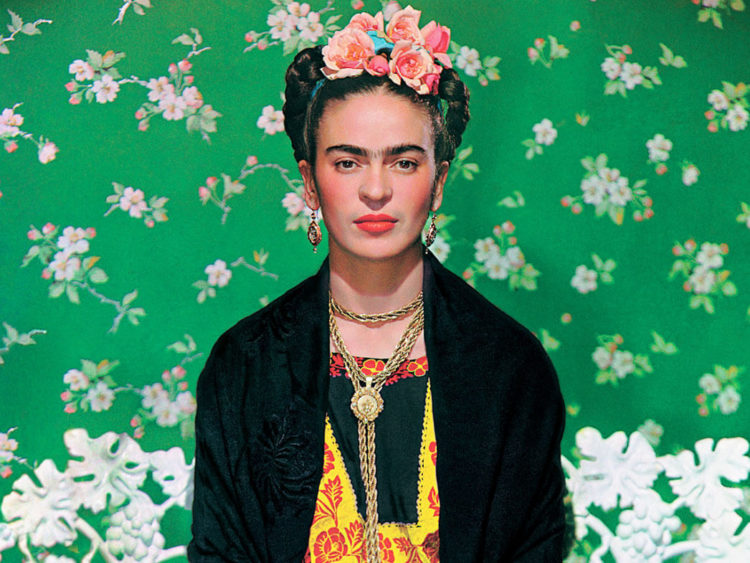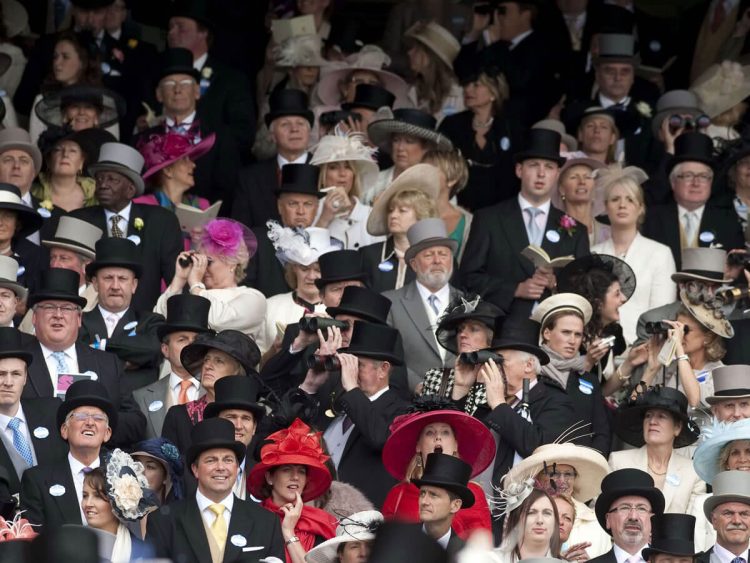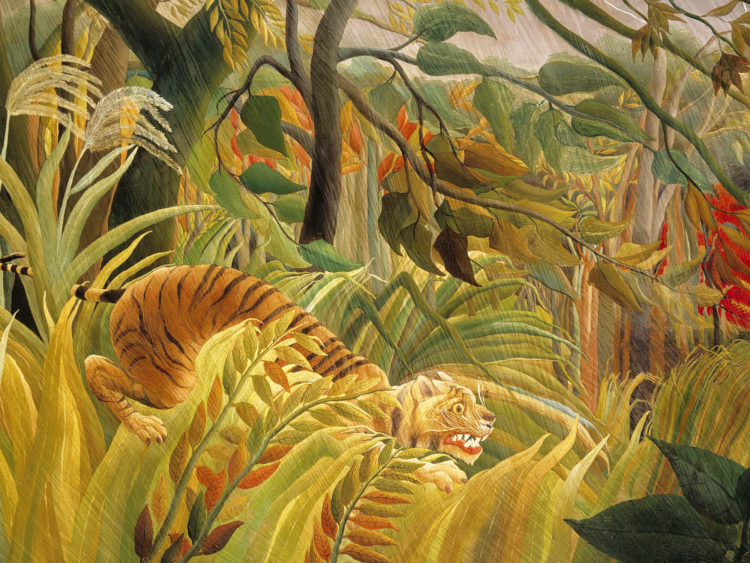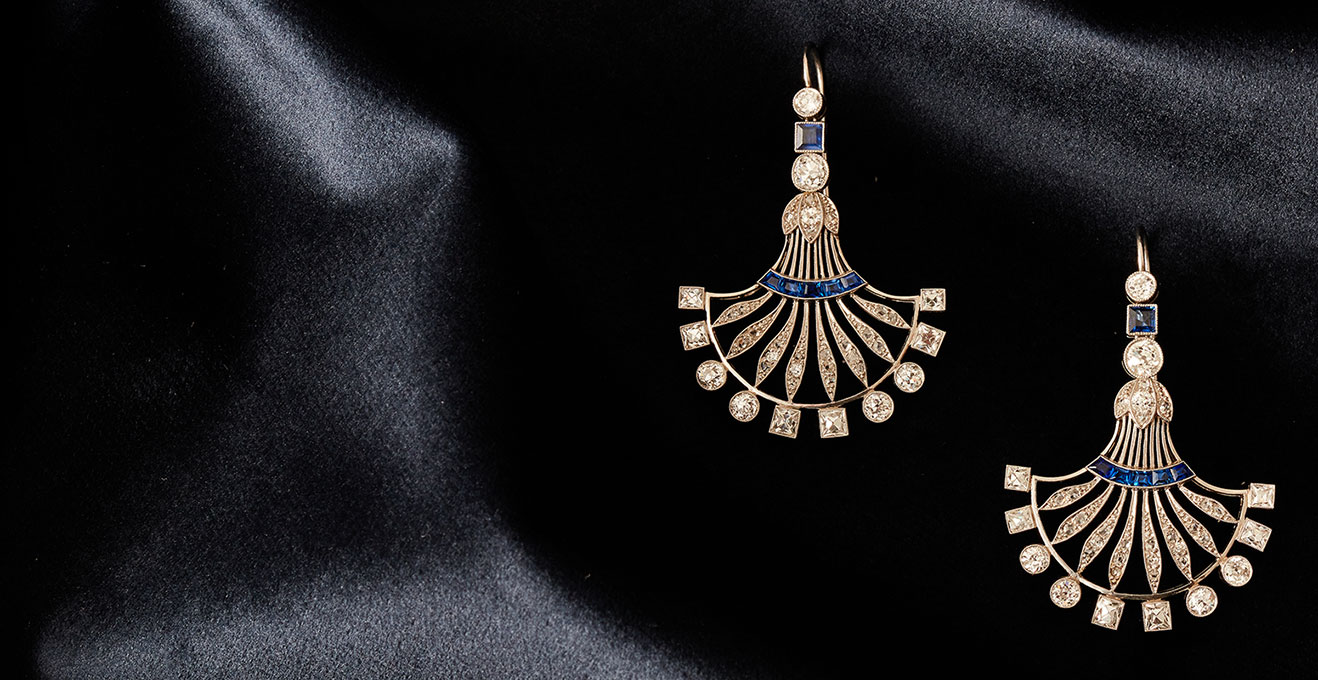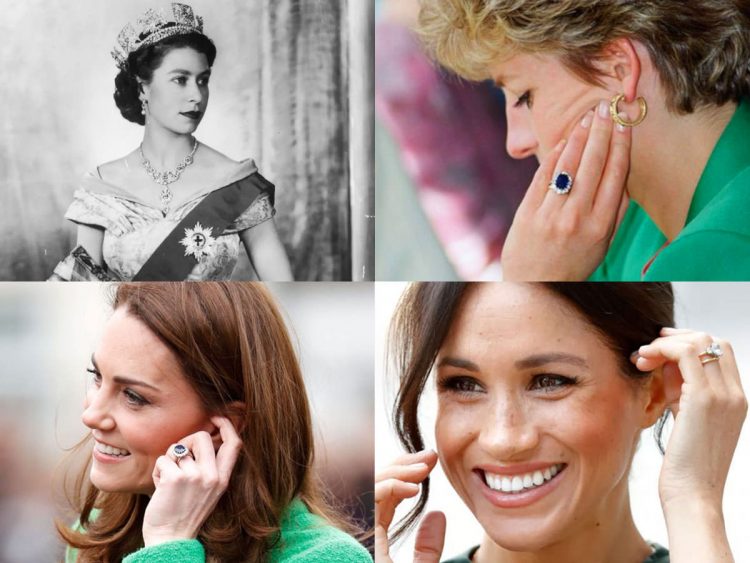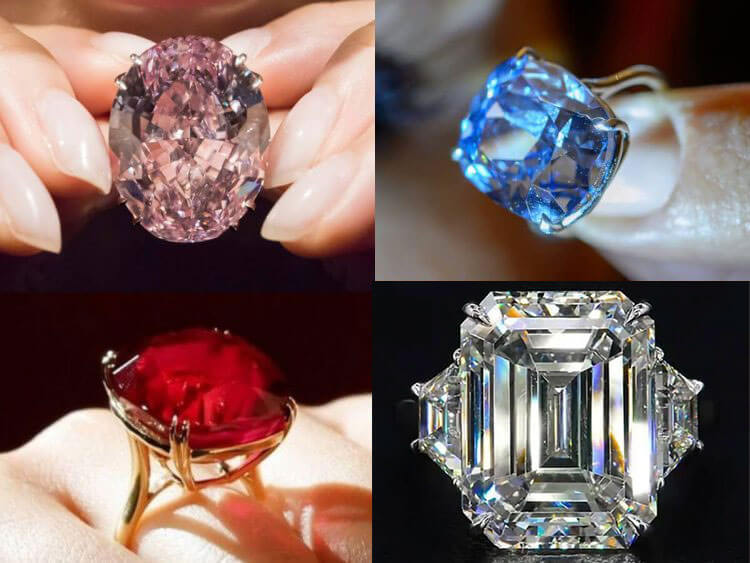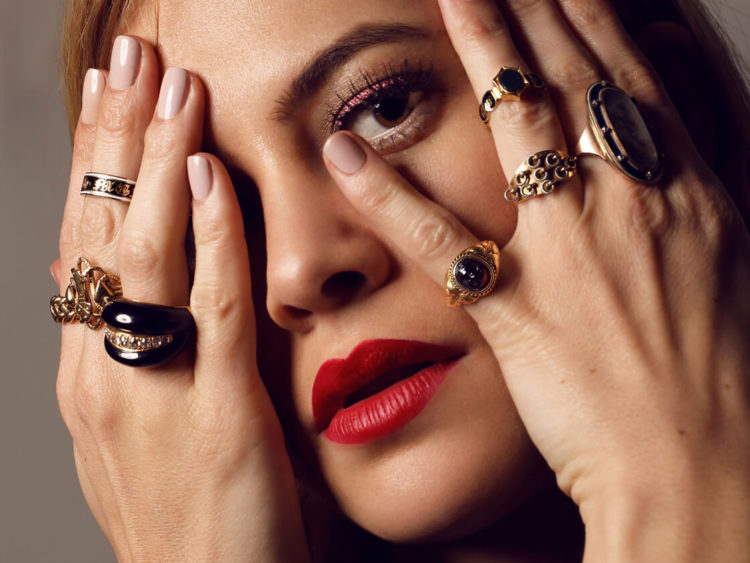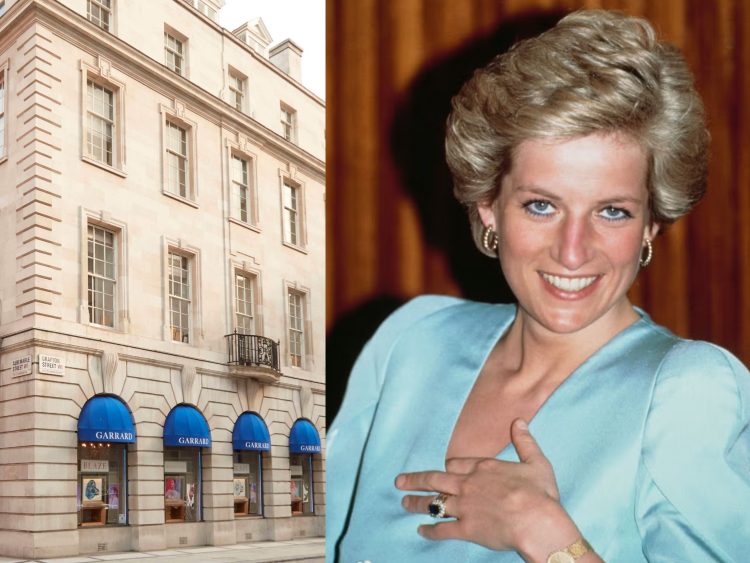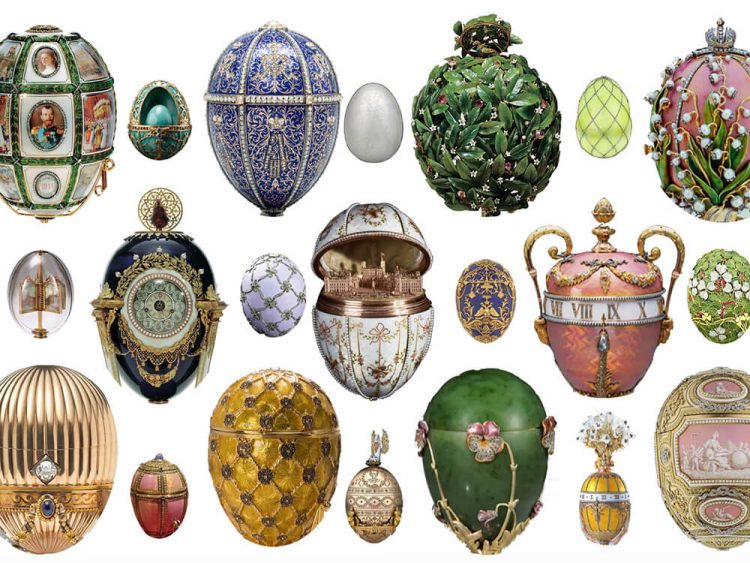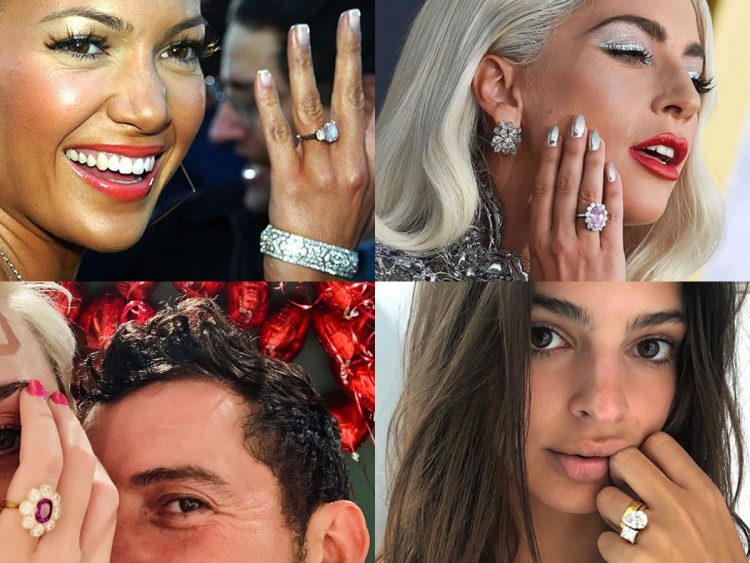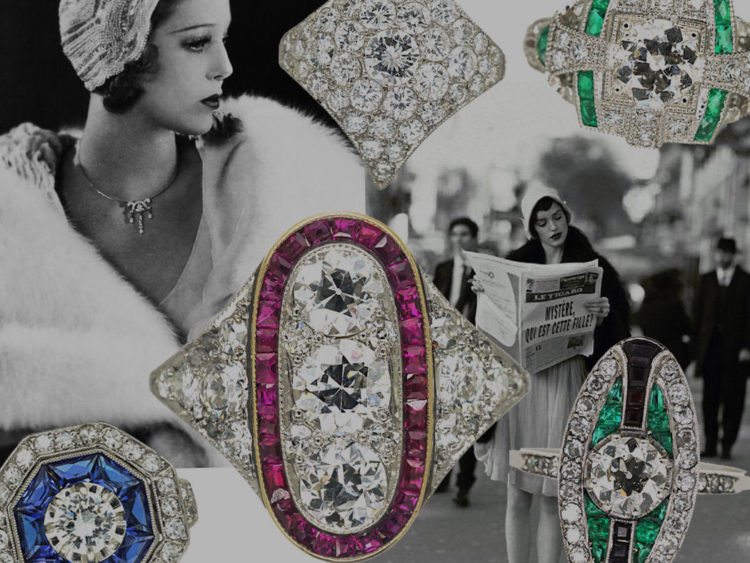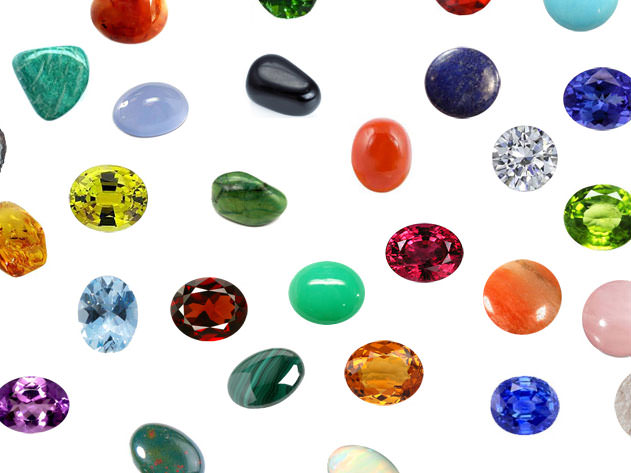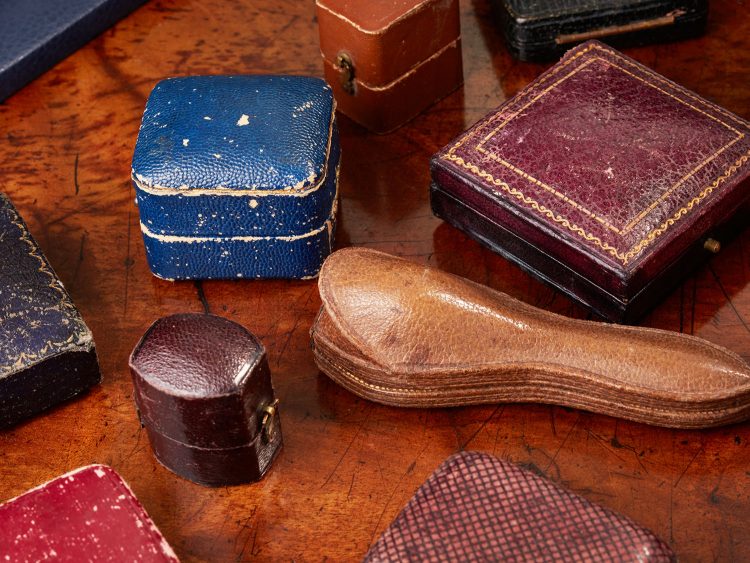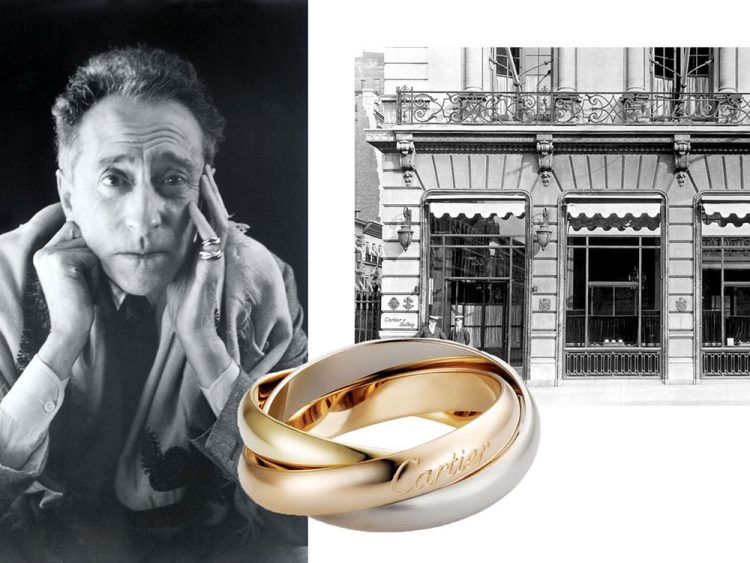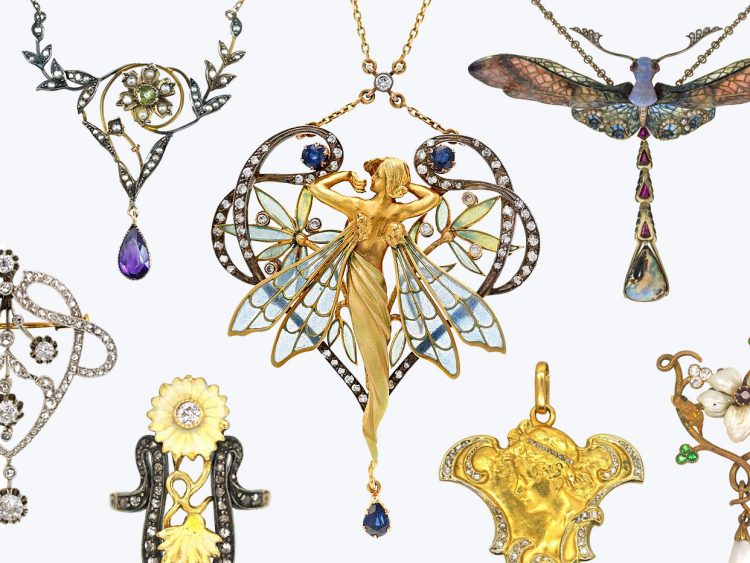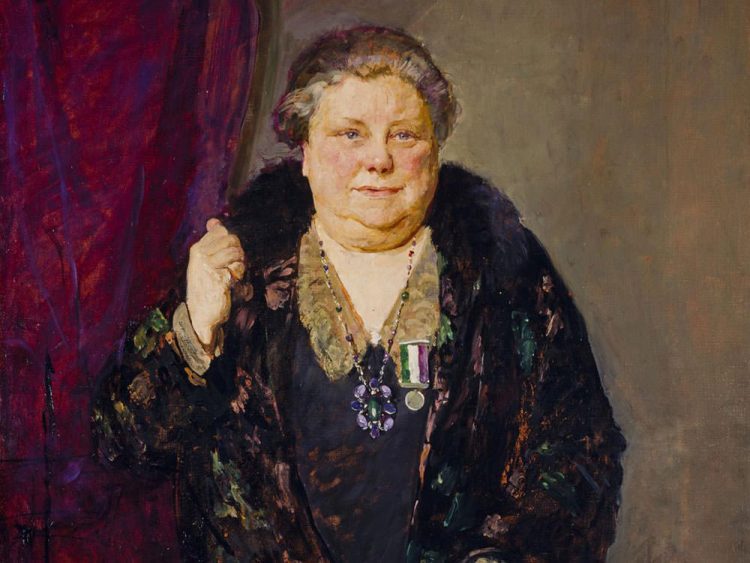-

Your Shopping Bag is empty
Lover’s Knot Rings
For centuries, jewellery has been used to symbolize love, friendship, and unity, and few pieces capture the enduring bond of affection quite like the lover’s knot ring. With an intricate design that resembles an intertwined knot, this style of ring has historical roots that span cultures and eras. It has continued to be a popular symbol of devotion, bridging the past with the present in ways that reflect the timeless nature of human relationships.
Origins of the Lover’s Knot
The concept of the lover’s knot has its origins in ancient civilizations, where knots were widely recognized as symbols of interconnectedness, loyalty, and eternity. In ancient Egypt, knots featured in the designs of amulets and ceremonial items to represent the bond between life and the afterlife, while Celtic and Greek traditions also embraced the knot as a symbol of infinity and unbreakable bonds.
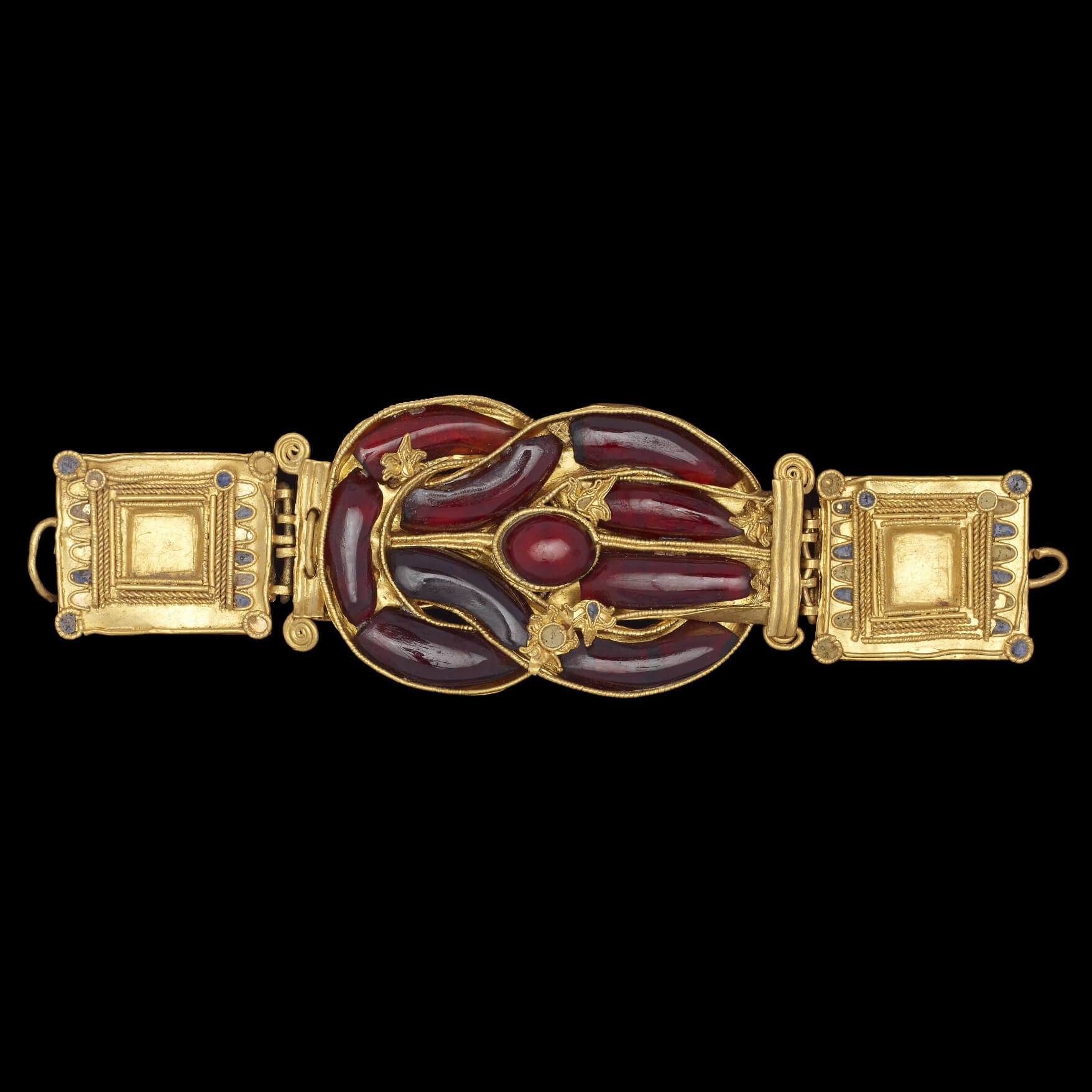
The specific lover’s knot motif is thought to have roots in ancient Greek jewellery, as it frequently appeared in the form of knotted gold and silver bands. These pieces were often exchanged by couples as tokens of love and commitment, binding them in much the same way as their actual love was ‘bound’ to one another. The tradition continued through the Roman Empire, where betrothed couples would exchange rings adorned with symbolic knots to seal their love.
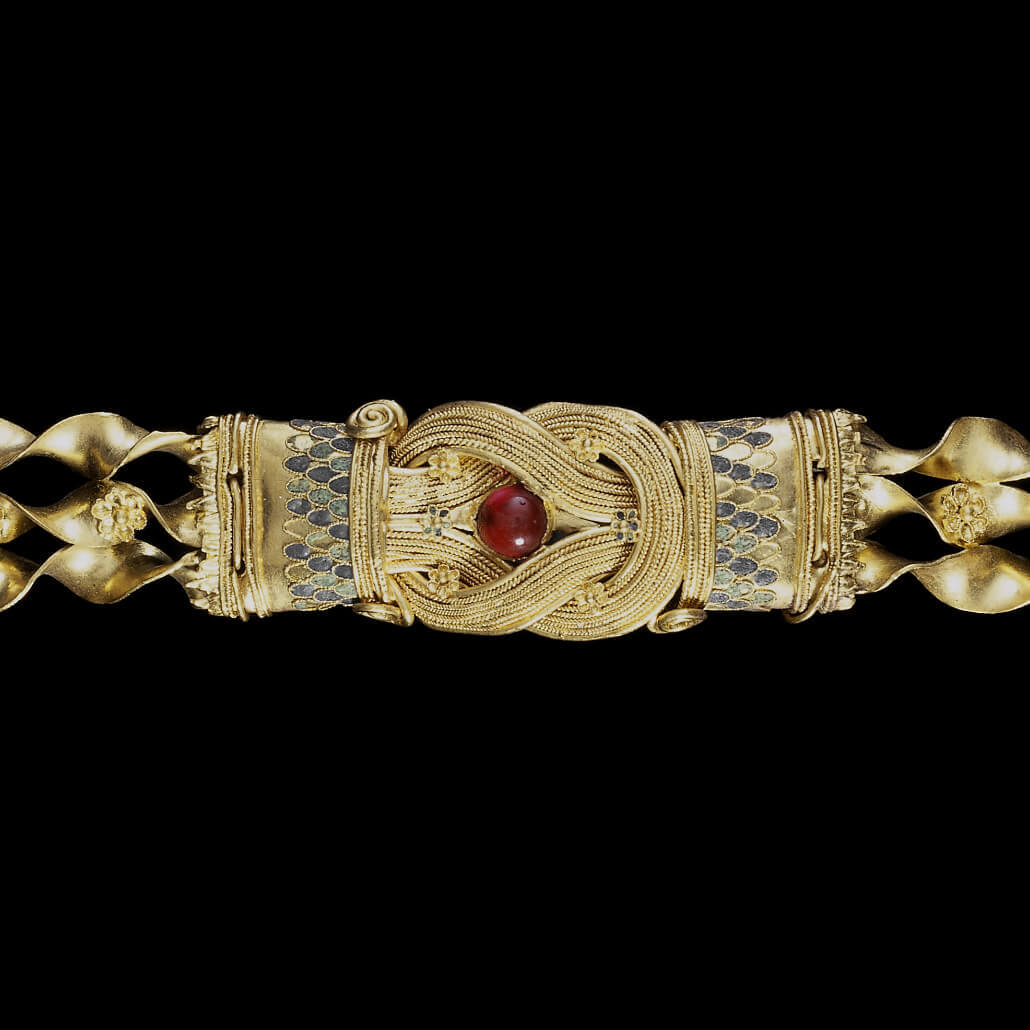
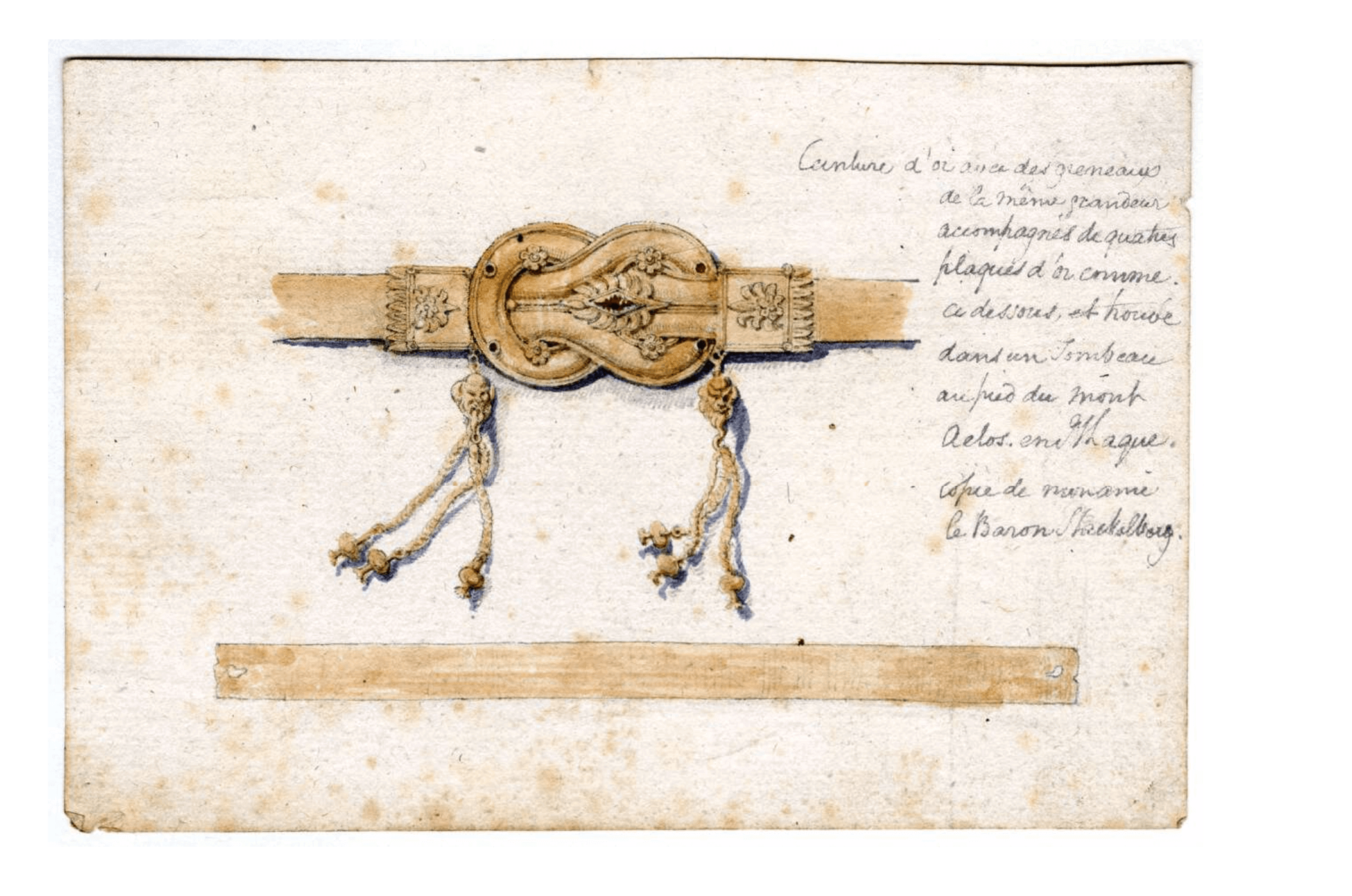
The Lover’s Knot Ring in the Renaissance and Victorian Eras
By the Renaissance, lover’s knot rings had become cherished symbols of romantic love in European culture. Crafted with intricate designs from materials like gold, silver, and sometimes adorned with gemstones, these rings embodied both artistry and sentiment. Their popularity soared during the Victorian era, a time when symbolic jewellery—particularly romantic pieces—reached unprecedented heights. Queen Victoria, a devoted admirer of symbolic jewels, wore a wedding ring from Albert shaped like a snake to represent eternal love. Alongside other romantic motifs such as the forget-me-not flower, the arrow, and the swallow, the lover’s knot ring became an iconic emblem of the era’s romantic trends.
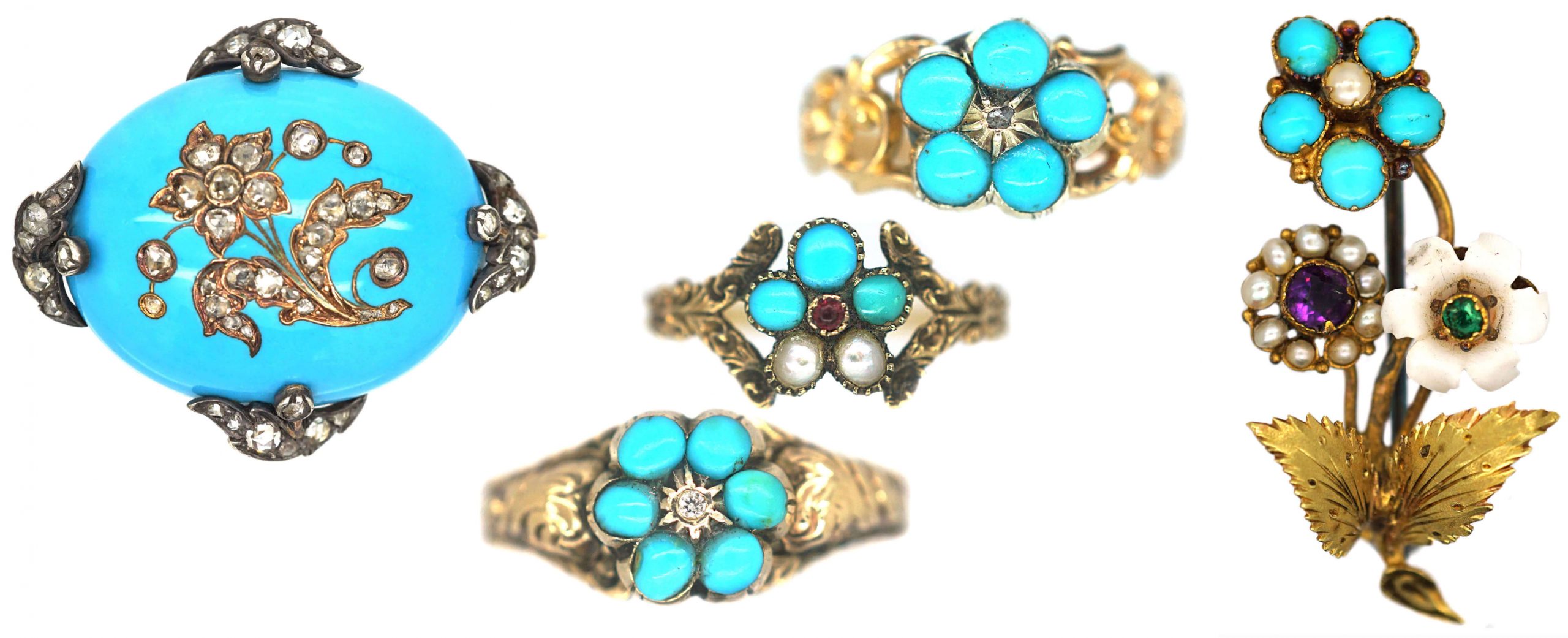
In this period, the symbolism of the lover’s knot deepened further, with different types of knots taking on unique meanings. The “true lover’s knot,” crafted as two interlocking loops, was especially prized for its unbreakable form, signifying eternal fidelity and unity. Often exchanged as engagement rings, these pieces were treasured as personal pledges of love, capturing the Victorian spirit of romance and devotion.
Georgian Lover’s Knot Rings
Victorian Lover’s Knot Rings
Edwardian Lover’s Knot Rings
Knotwork in Celtic Traditions
While lover’s knot rings have been embraced across various cultures, the Celts are particularly known for their elaborate knot work, which symbolizes life’s continuous and interconnected nature. Celtic knots are often single-threaded, which, like the lover’s knot, symbolize eternal love and unbreakable bonds. Lover’s knot rings in the Celtic tradition were often passed down through generations, making them heirlooms that carried the love stories of families across time.
The Lover’s Knot Ring in Modern Times
In modern jewellery design, the lover’s knot ring remains a cherished choice for those who want to honour their relationships with a symbolic gesture. Jewellery makers offer a variety of interpretations, from simple twisted bands to elaborate knots adorned with diamonds or birthstones. While the essence of the lover’s knot remains constant, representing the idea of two lives intertwined, the style has adapted to suit contemporary aesthetics and personal taste.
Notable Designs and Cultural Relevance
Lover’s knot rings have made appearances in pop culture and royal history alike, lending the design an iconic appeal. A famous example is the “Cambridge Lover’s Knot Tiara,” which became one of Princess Diana’s signature pieces and remains a symbol of enduring elegance. Although not a ring, this tiara carries the same sentiment of undying commitment and has cemented the lover’s knot design as a timeless favourite.
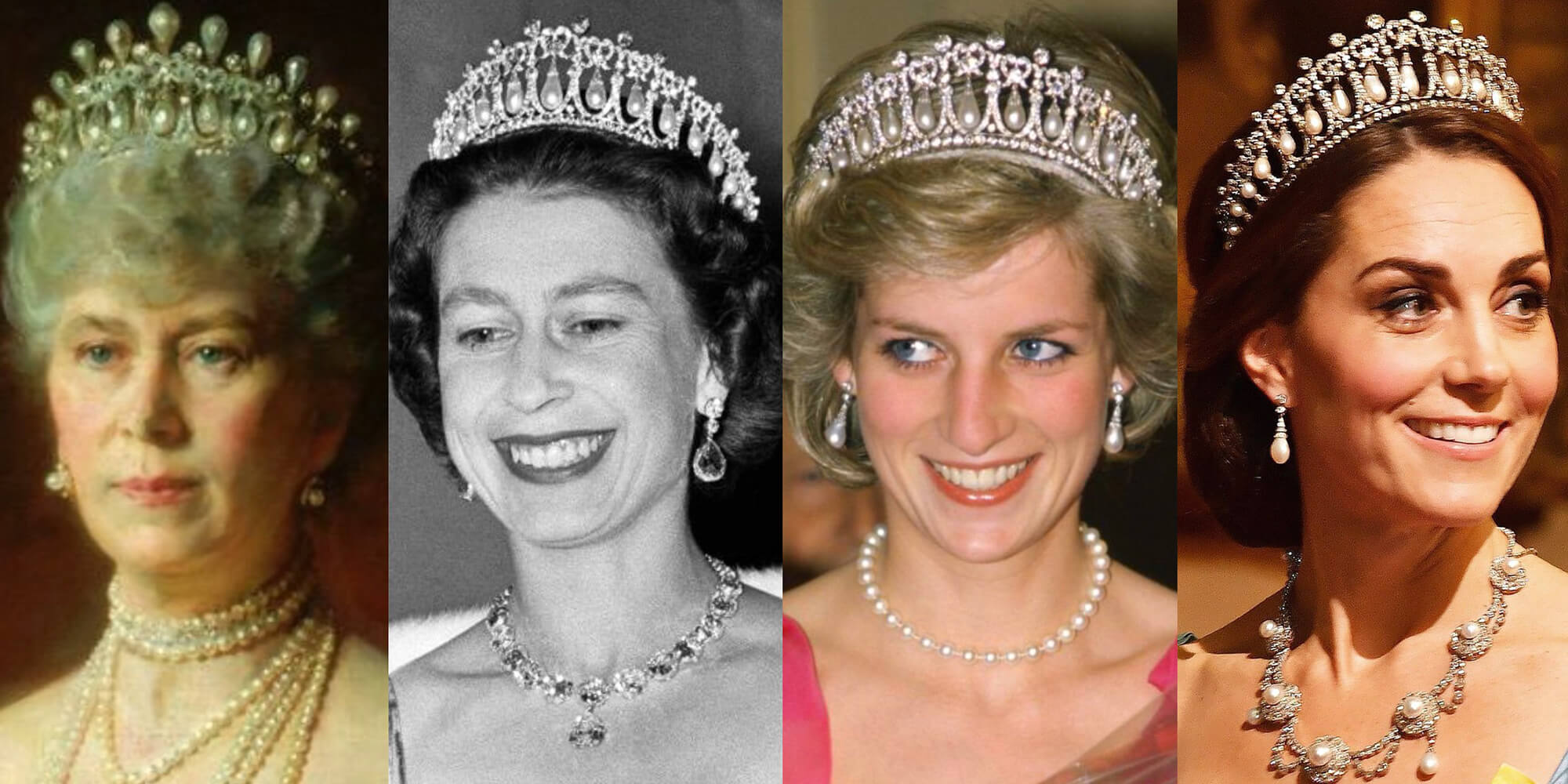
Today, lover’s knot rings continue to be exchanged not only by couples but also between friends and family members who wish to express an enduring bond. The designs range from classic to modern, with some people opting for pieces that include both a lover’s knot and other symbolic elements, like a heart or infinity symbol. Whether given as an engagement ring, a friendship ring, or a gift between loved ones, the lover’s knot ring serves as a heartfelt reminder that love and connection transcend time.
The Enduring Appeal of the Lover’s Knot
In a world that increasingly embraces unique and personal symbolism in jewellery, the lover’s knot ring offers a beautiful blend of tradition and meaning. Its long history as a symbol of unbreakable love and commitment makes it as relevant today as it was in the days of the ancient Greeks and Victorians. So, whether you’re drawn to it for its aesthetic charm or the story it tells, the lover’s knot ring is a piece that honors the timeless nature of love in all its forms.
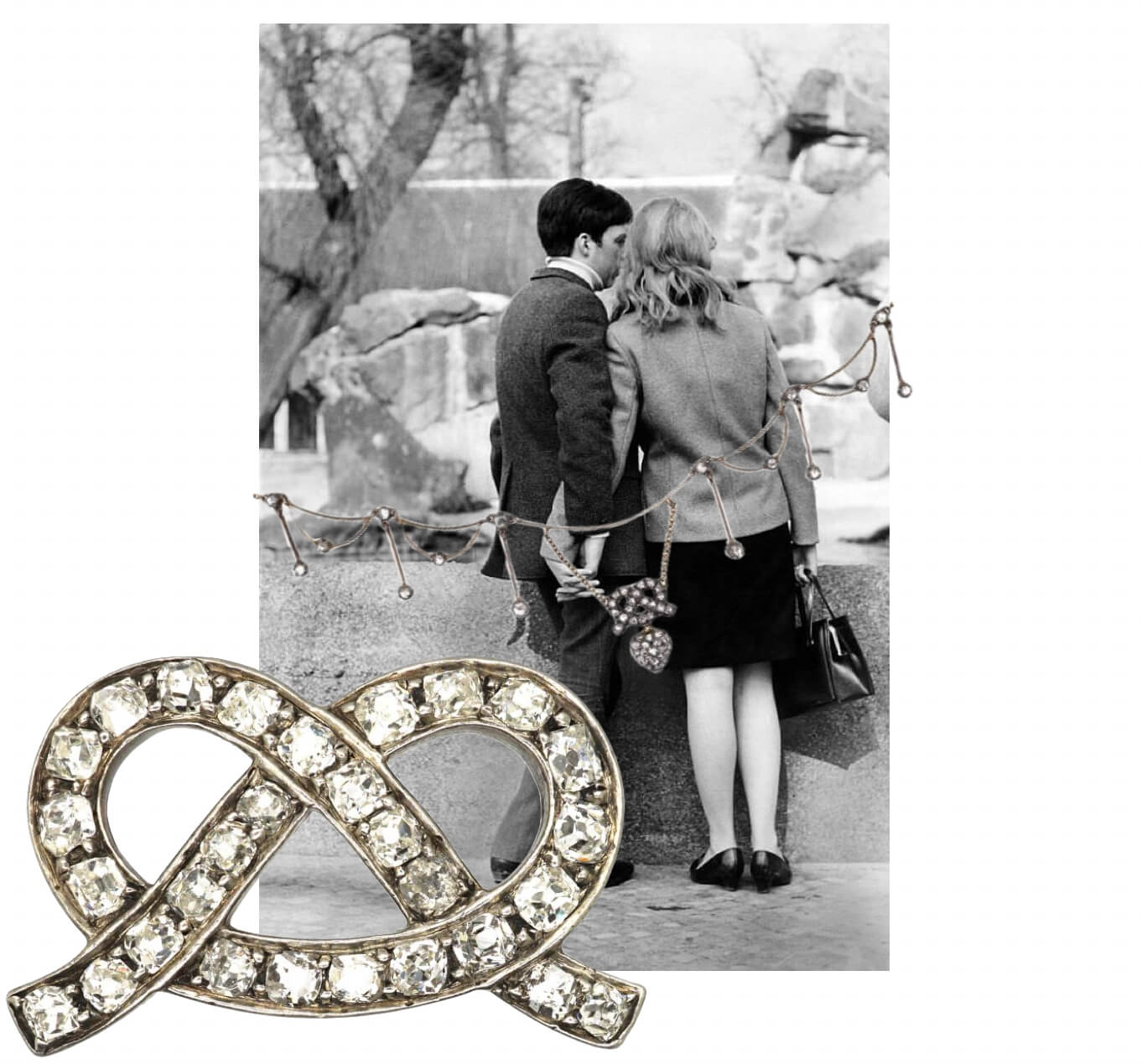



 Free Worldwide Delivery
Free Worldwide Delivery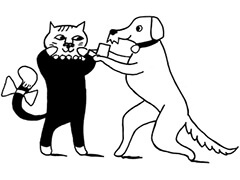 View All
View All
 Diamond
Diamond
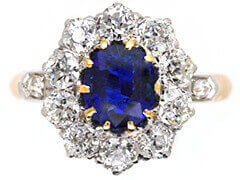 Sapphire
Sapphire
 Emerald
Emerald
 Ruby
Ruby
